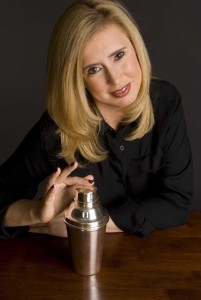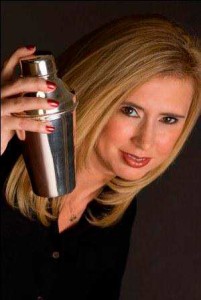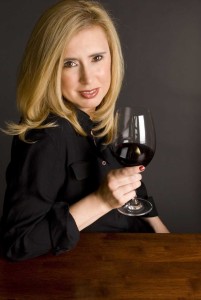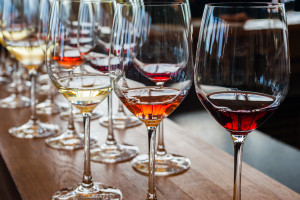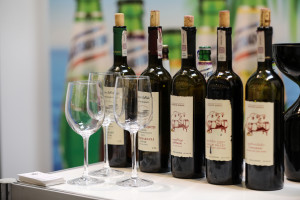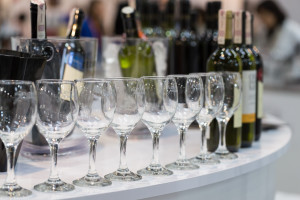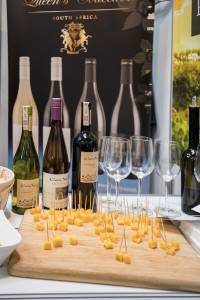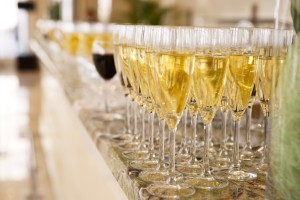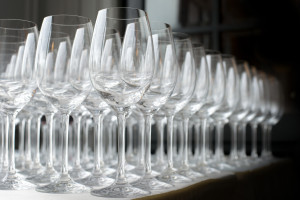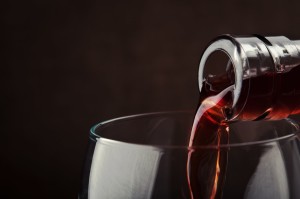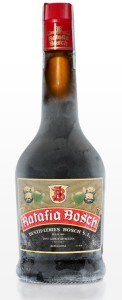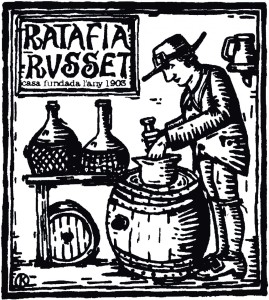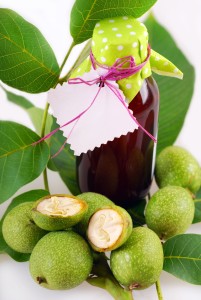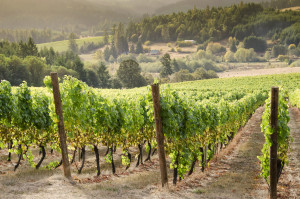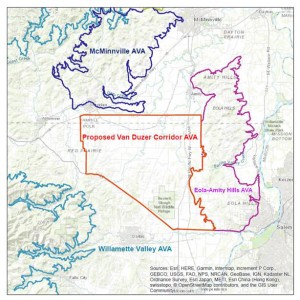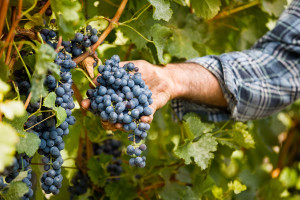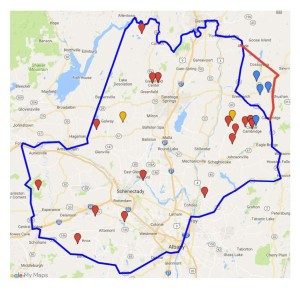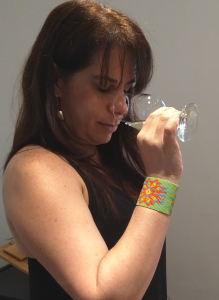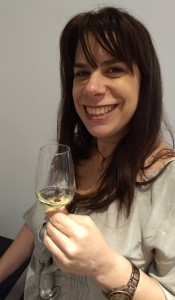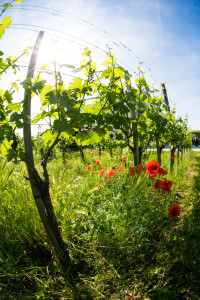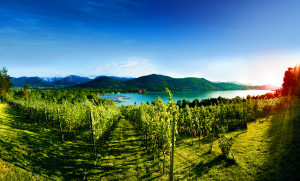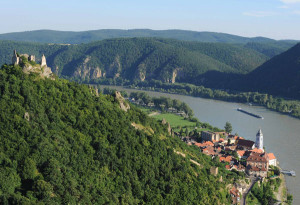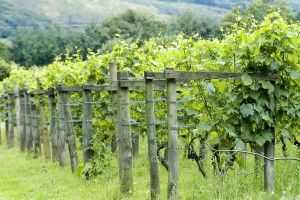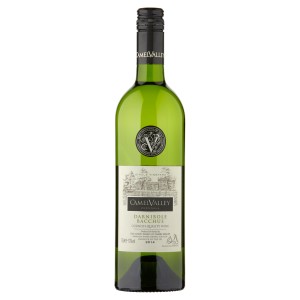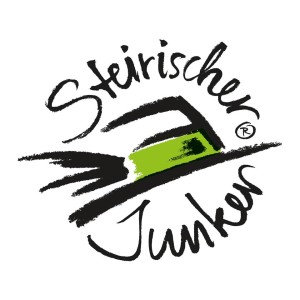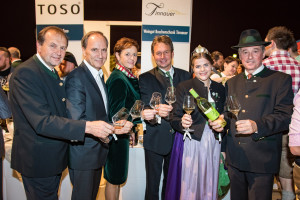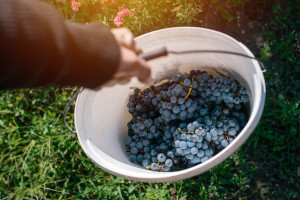
.
Today we have a guest post authored by Roger Bohmrich, MW. Roger is one of the most respected wine professionals in the country, as well as one of our all-time favorite SWE conference speakers. Read on while Roger untangles the confusion surrounding natural wine!
What exactly is a natural wine, you may ask? Are wines with this moniker officially regulated by governments? Are they required to meet certain universal standards? How do they differ from – and are they superior to – organic or biodynamic wines? These and other salient questions frustrate inquiring wine drinkers. The fundamental problem is that, for now, the exact definition is both elusive and variable; consequently, winemakers, proponents and private associations have stepped into the void, minting their own rules. There is a degree of commonality, but not enough to come away with a precise characterization of natural wine, a term which is being applied to a myriad of styles from “orange” wines made in amphora to far more conventional iterations.
Undoubtedly, there is implicit appeal in the idea. Many of us, or at least a significant minority, tend to favor the pure and unadulterated in what we eat and drink. Wine is late to the natural party, however, and follows in the footsteps of the food industry. The word “natural” on all manner of foods from cereals to condiments does, studies show, speak to many U.S. consumers. On the other hand, few realize these supposedly unvarnished edibles may contain numerous artificial ingredients owing to lax or non-existent regulations. This should be a cautionary tale for those who willingly opt to apply “natural” to wines. They might have been wiser to choose another term – if indeed these wines share a definable profile and deliver added value to consumers.
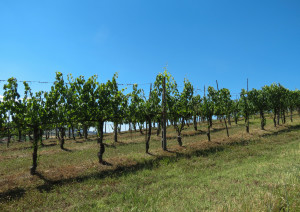
.
Consumer Reports, an independent nonprofit organization, conducted tests on a variety of food products displaying the term natural on their packaging. Their analysis revealed that Del Monte Fruits Naturals contain preservatives potassium sorbate and sodium benzoate. Kraft Natural Cheese has cellulose powder and an antifungal, natamycin. Alexia Sweet Potato Fries, which claim to be “All Natural,” contain xanthum gum. “We have long argued,” Consumer Reports writes, “that consumers should not be duped by ‘natural’ labels that currently aren’t backed by meaningful standards.” The U.S. Food and Drug Administration (FDA) has not put forward a rigorous, comprehensive set of rules governing the use of natural with respect to foods. In 2016, they sought comments from the public and a ruling may be forthcoming. The FDA says they have interpreted the term “natural” to mean products “with nothing artificial or synthetic.” As Consumer Reports points out, that may not be the case in practice. Moreover, FDA admits that they do not consider production methods – a major oversight. Similarly, the Alcohol and Tobacco Tax and Trade Bureau (TTB) has left the door wide open when it comes to alcoholic beverages. Their longstanding Ruling 85-4 stipulates that the designation “natural” with reference to wine is allowed provided that there is no added alcohol or brandy. Is it unreasonable to believe that wine drinkers are entitled to more than this?
Current definitions of natural wine provide a big tent to practitioners. Importers Jenny & François in New York, who are specialists in this niche, say on their website: “What we call natural wines are wines made with the least possible use of chemicals, additives and overly technological procedures.” That seems reasonable as far as it goes, yet it does not translate to an identity clearly distinct from organic or biodynamic wines. Alice Feiring, an American writer who supports the movement, offers an even more flexible concept she calls “natural enough.” This represents a pragmatic concession to the intervention every winemaker must undertake at some point. Tim Patterson, an insightful winemaking consultant, wrote in Wines & Vines that the challenge in finding a coherent definition “stems ultimately from the fact that no wine on earth is entirely natural—and yet every wine is, at its core, natural.”
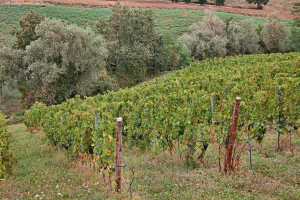
.
All this leaves us wondering about the genesis of the natural wine movement. Some say it was spawned in Beaujolais in the 1980s, when a small band which became known as the “gang of five,” headed by Marcel Lapierre, chose to pursue a non-interventionist winemaking regime. They were inspired by Jules Chauvet, a winemaker and researcher, who aspired to return to the hands-off practices of old. This group became known above all for their sans soufre approach: no sulfur dioxide was added. This by itself was a radical choice since sulfites were (and remain) the universal additive to protect wine from spoilage.
Curiously, though, today’s so-called natural wines are not, except in rare cases, as free of sulfites as possible. Limits on SO2 vary considerably within the natural wine community. France’s Association des Vins Naturels (AVN) says their members must agree not to add sulfites, yet they accept limits of 20 mg/l for red wines and 30 mg/l for whites (that is, above the naturally occurring level). Italy’s Association VinNatur apparently does not set limits but claims wines from their members range from less than 10 mg/l to 70 mg/l in total SO2, “with a few exceptions.” The Consorzio Vini Veri (CVV) sets a cap of 80 mg/l for dry wines and 100 mg/l for sweet wines. Raw Wine, a fair orchestrated by natural wine champion Isabelle Legeron MW, accepts at most 70 mg/l for all colors and styles. This limit was adopted by Decanter Magazine when they assembled 122 natural wines for review (May 2017). In other words, consumers seeking a sulfite-free drinking experience – or as close to that as possible – need to look elsewhere. One option would be wines labeled “USDA Organic,” which do not allow sulfites to be added and are permitted to contain a maximum of 10 mg/l, the level typically created as a byproduct of fermentation.
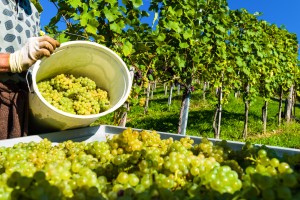
.
The natural movement is struggling with – or, in some cases, trying to avoid – the issues surrounding terminology and definition. Isabelle Legeron chose as the subtitle of her book, Natural Wine, “An introduction to organic and biodynamic wines made naturally.” Does this shine a bright light on the true identity of natural wine, or simply reinforce the confusion with other methods? She recognizes that “there is, as yet, no official accreditation” for natural wines, “which leaves the term open to abuse and thus to criticism.” In the face of the limitations, she admits in all honesty that “perhaps ‘natural wine’ is not the best term to use.” Her passionate conviction is nonetheless expressed in the following statement: “…people all over the world have chosen to use the term ‘natural,’ in the face of all the alternatives, to describe healthily grown, nature-friendly, low-intervention wines that truly express their place of origin.” It seems unfair to quarrel with this idealistic depiction. The commitment at the heart of the cause to unsullied wine with authentic character is an attractive attribute; the devil is in the detail.
Among the intellectual leaders of the movement, there seems to be a consensus that, to qualify as a natural wine, the vineyards should be farmed in accordance with organic or biodynamic methods. Raw Wine has proposed a charter with this stipulation along with other criteria: a manual harvest, no added yeasts, no interference with the malolactic conversion, no additives (except sulfites), no sterile filtration or pasteurization. Reverse osmosis and the spinning cone (to remove alcohol) are disallowed. The AVN essentially agrees with these rules. The CVV stands apart, saying their rules “are even more restrictive” than organic or biodynamic. Overall, natural appears to straddle these alternate designations, depending on the country, but lacks rigorous independent certification or official regulation. This raises an obvious question: What precisely does natural wine offer that is not already delivered by certified organic and biodynamic wines?
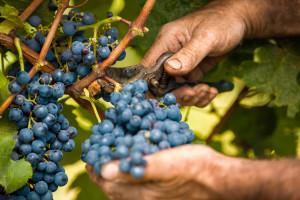
.
Leaving technical nuances aside, there is as well an enormous range of styles which enthusiasts place under the natural umbrella. This only adds to the challenge of coherent messaging. The diversity is reflected in the standouts in Decanter’s tasting of natural wines. There are orange-colored whites fermented with the skins such as La Stoppa “Ageno” from Emilia-Romagna made from Malvasia di Candia Aromatica, Decanter’s top wine. (Interestingly, the proprietor, Elena Pantaleoni, prefers artisanal to natural to describe her wines.) There are many other grape varieties well out of the mainstream including Vitovska and Pinela. But the selections are not limited to the obscure and encompass familiar grapes and appellations. There is a Muscadet from Domaine des Cognettes, a Riesling Kastelberg from Marc Kreydenweiss in Alsace, and a Chinon from Domaine de L’R. These producers are organic or biodynamic and may refer to making wine as “naturally as possible,” but they do not advertise that they are producing “natural wine” per se. Evidently, the winemakers themselves recognize the ambiguities.
When some professionals hear the term natural, they think of faulty, cloudy, quirky wines they may have tasted. It appears, however, that the category has been extended well beyond the oddities which were the leading edge of the movement; now, natural embraces wines which, in most respects, look and taste like mainstream counterparts. Putting bad winemaking aside, there is nothing wrong with the spirit behind natural wines. The quest for wines free of chemicals and heavy-handed manipulation is admirable and should be encouraged. As for the adventurous amphora-made examples with unusual flavor profiles, drinkers can approach each iteration on a take-it-or-leave-it basis. Circling back to the initial questions, we have to conclude that natural as a descriptor for wine means different things to different people. To gain a larger audience, exponents must work toward a universal definition and prove how the label differs from organic and biodynamic. Until then, the concept is likely to remain an ideal in search of an identity.
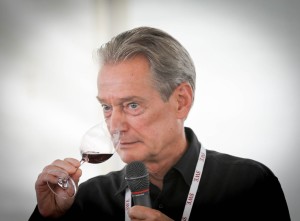
Roger Bohmrich, MW
About the author: Roger Bohmrich, MW has enjoyed a fulfilling career in the wine trade and is currently an independent consultant, educator, writer and competition judge. He has worked for two national importers, last as Senior VP-Marketing of Frederick Wildman & Sons. More recently, he was Managing Partner of Millesima USA, the U.S. affiliate of Europe’s leader in direct sales of fine wines to consumers. Roger became one of the first U.S. Masters of Wine in 1993 and led the formation of the Institute of Masters of Wine (North America), where he served as its first President. He has appeared often as a speaker at wine festivals and conferences, and his articles and writing have been published in the Journal of Wine Research, Wine Business Monthly, Santé, Wines & Vines, and other publications. Roger has traveled extensively around the world of wine, and in recent years he has judged competitions in Argentina, Turkey and China.
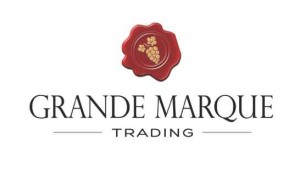
.
This article was first published on the Wine Knowledge section of the website of Wine Auction Prices—the Bluebook of Wine Values. It is re-published here with the permission of Edward Brooks, Managing Director of Grande Marque Management (owner of Wine Auction Prices). Click here to visit their site, which includes a wealth of wine information (and a podcast version of this article as well). Some of our favorites include “Unraveling the Tangled Web of Terroir,” “Bordeaux Classifications—do they have Relevance and Value,” and “A Story of Mystery and Romance: the Family Tree of Famous Grape Varieties.” The next essay to be published will be “Premox – Is the Threat Over?” – we are looking forward to it!
References/for more information:
- Feiring, A. Naked Wine: Letting Grapes Do What Comes Naturally. Da Capo Press, 2011.
- Legeron, I. Natural Wine: An Introduction to Organic and Biodynamic Wines Made Naturally. CICO Books, 2014.
- “Natural” on Food Labeling. www.fda.gov/Food, November 11, 2017.
- Patterson, T. Inquiring Winemaker. Natural, Natural Enough, And Sort of Natural. Wines & Vines, December 2011.
- Rock, A. Peeling Back the ‘Natural’ Food Label. www.consumerreports.org, January 29, 2016.
- Woolf, S. It’s only natural: the 31 wines you need to try. Decanter, May 2017.
- www.jennyandfrancois.com
